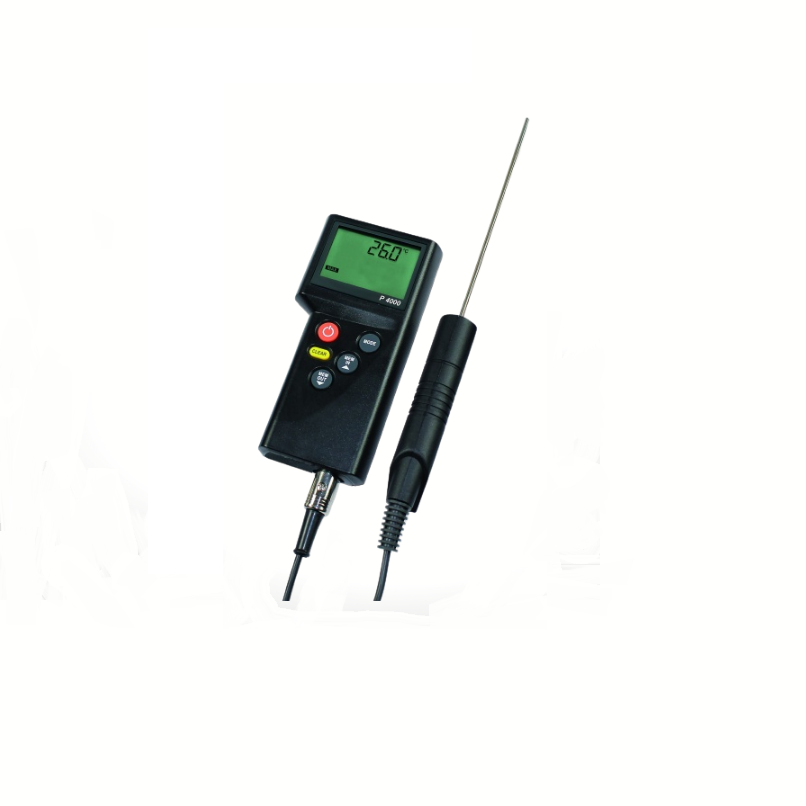What is a Resistance Temperature Detector (RTD)?
An RTD, or a Resistance Temperature Detector, is a type of temperature sensor used to measure temperature, most commonly in industrial applications. Here, we explain how an RTD works, the various types and options to consider.
How does an RTD work?
The RTD operates on the principle that temperature changes cause the resistance of metal to change. Using a specific type of metal and, depending on the resistance measured in that metal, the device is able to determine temperature. A small amount of electrical current is used to activate the sensor, or the element, a component of the device that collects the data required to produce a temperature reading.
What are the different types of RTD elements?
The element of an RTD acts as the sensor that changes in resistance with changes in temperature. There are a wide variety of element types used in RTDs, each with a differing standard of accuracy and ability to measure different temperature ranges. The three most common elements are:
- Platinum: Platinum elements are made from pure platinum wire, which has a positive temperature coefficient (meaning its resistance increases as the temperature increases). Platinum is a popular choice due to its stability and ability to measure a wide range of temperatures.
- PT100 vs PT1000: Both are made using a platinum element; the main difference between the PT100 and PT1000 is the resistance factor. As implied, the PT1000 has a much higher resistance and requires less current to operate.
- Nickel: Elements made from nickel provide a higher temperature coefficient than platinum elements and offer good corrosion resistance, however, nickel elements have a limited temperature range and lose their accuracy more rapidly.
- Copper: The least expensive of the three, copper elements are used predominantly in winding instruments such as motors, generators, and turbines. Copper elements are useful in lower temperature ranges but are prone to oxidation.
What are the different construction types of an RTD?
The different types of RTDs are categorised by the construction of the sensor element. Three prevalent construction types include:
- Coiled: Coiled RTDs consist of thin wound wire contained within a ceramic tube and surrounded by non-conductive powder. The wire can expand and contract with changes in temperature, and the powder increases the transfer of heat, providing a fast response time.
- Wire-wound: Conversely, a wire-wound RTD is constructed by a length of thin wound wire wrapped around the outside of a ceramic or glass core. Useful in measuring extreme temperatures, and with the ability to immerse a glass core RTD in liquids, the wire-wound RTD is highly versatile but also the most expensive of the construction types.
- Thin-film: Constructed using a very thin layer of resistive metal, etched into an electrical circuit pattern and placed on a ceramic base, the element is coated with a layer of protective epoxy or glass. Thin-film RTD elements are cost-effective and responsive, however, are less stable and do not have a wide temperature range.
Two, three or four-wire configuration?
The number of wires used in the construction of an RTD directly affects its accuracy. The intended application will determine which configuration is most suitable:
- Two-wire: The simplest of circuit configurations, the two-wire RTD comprises a single wire connecting to each end of the element. These wires tend to be shorter and used where precision is not critical.
- Three-wire: Three-wire RTDs are most commonly used in industrial applications. Two wires are connected to one end of the sensor, with the third connected at the other end. These wires are equal in length, and as a result, their resistance is equal.
- Four-wire: Where accuracy is paramount, four-wire configurations are essential as they produce the most precise measurements. Supplied with a constant direct current provided by two of the wires connected at either end of the element, the voltage drop is measured by the other two wires in between. With the voltage drop and current known, the resistance and temperature are easy to read.
For high-quality, precise and reliable resistance temperature detectors, contact NWI Group today. We’re the experts in all types of industrial testing equipment, and we’d be more than happy to discuss your needs.











